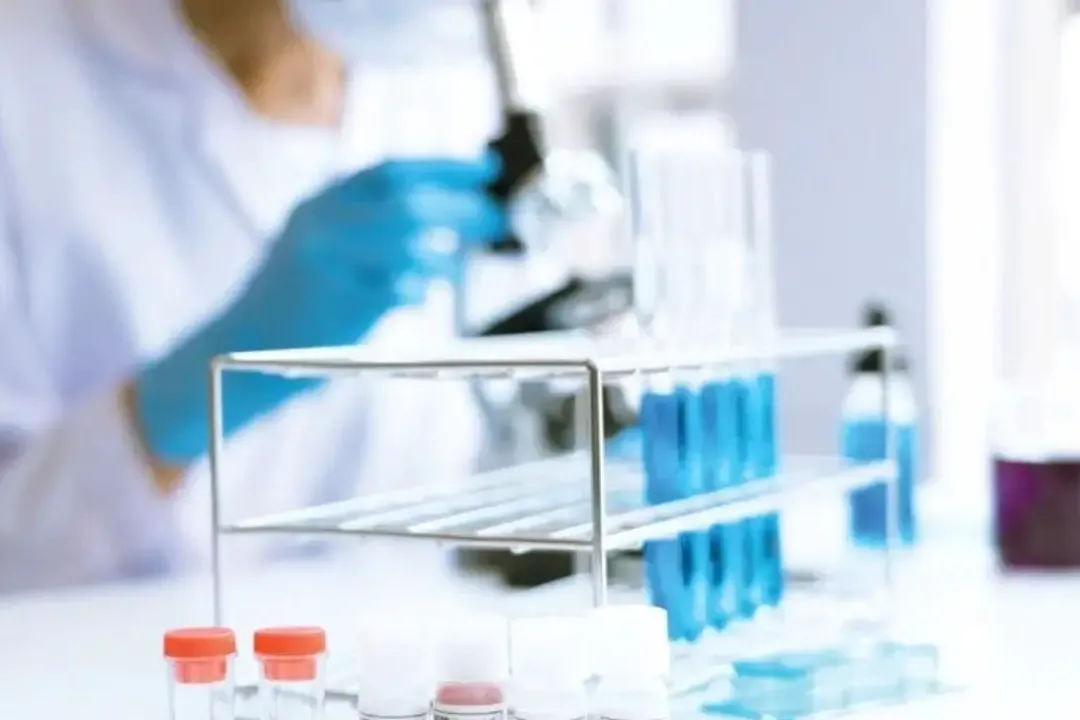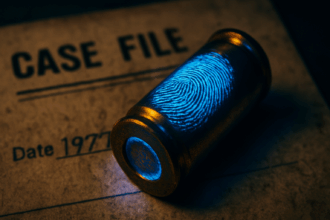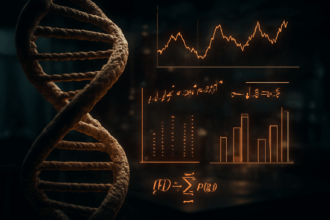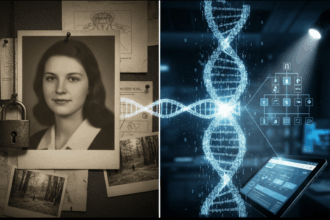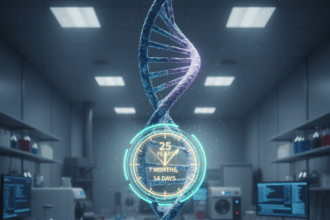Introduction
The misapplication of forensic science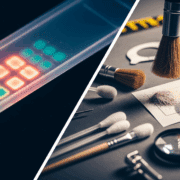
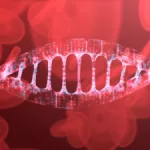 DNA, or Deoxyribonucleic Acid, is the genetic material found in cells, composed of a double helix structure. It serves as the genetic blueprint for all living organisms. Read Full Definition testing and forensic science disciplines have revealed significant weaknesses in methods once widely accepted by the criminal legal system. These shortcomings have led to mischaracterizations, exaggerated connections between evidence
DNA, or Deoxyribonucleic Acid, is the genetic material found in cells, composed of a double helix structure. It serves as the genetic blueprint for all living organisms. Read Full Definition testing and forensic science disciplines have revealed significant weaknesses in methods once widely accepted by the criminal legal system. These shortcomings have led to mischaracterizations, exaggerated connections between evidence
Understanding the Problem: Misapplication of Forensic Science
Forensic science, when properly utilized, can provide valuable evidence in criminal investigations. However, the misapplication of certain forensic methods has led to wrongful convictions and compromised the integrity of the justice system, according to the innocence project. The following methods have been particularly susceptible to misapplication:
- Bite mark analysis: Bite mark analysis, once considered a reliable tool, has faced scrutiny due to its subjective nature and lack of scientific foundation. Numerous cases have emerged where bite mark analysis led to wrongful convictions.
- Hair comparisons: Hair comparison evidence, often used in cases without DNA evidence, has been revealed to be unreliable. Variations in interpretation and insufficient scientific basis have resulted in wrongful convictions.
- Tool mark evidence: Tool mark evidence, such as marks left by tools at crime scenes, has been subject to misinterpretation. Lack of standardization and subjective analysis methods have contributed to errors in linking specific tools to crime scenes.
- Arson"Arson" is a criminal act involving intentionally and unlawfully setting fire to buildings, structures, or other property types. It is a serious offense and is considered a crime in most legal jurisdictions. Here are key Read Full Definition investigation: The investigation of arson cases has historically relied on outdated and inaccurate techniques. The reliance on outdated science has led to wrongful convictions in cases of accidental fires or arson where no malicious intent was present.
- Fingerprint analysis: While fingerprint analysis is a valuable forensic tool, errors can occur due to human interpretation, lack of standardized protocols, and the potential for biases in identification.
- Dog scent evidence: The use of dog scent evidence, such as tracking or identification by scent, has been controversial. The reliability and accuracyIn scientific and measurement contexts, "accuracy" refers to the degree of proximity or closeness between a measured value and the true or actual value of the measured quantity. Accuracy indicates how well a measurement reflects Read Full Definition of canine detection have been called into question, leading to wrongful convictions.
- Comparative bullet lead analysis: Comparative bullet lead analysis, which attempted to match bullets to specific batches of ammunition, has been discredited due to its lack of scientific basis and the potential for erroneous conclusions.
- Shaken baby syndrome diagnosis: The diagnosis of shaken baby syndrome has been a subject of debate and controversy. Flawed medical assumptions and misinterpretation of symptoms have led to wrongful convictions in cases involving infant deaths.
- Bloodstain pattern analysis: Bloodstain pattern analysis, although widely used, can be prone to subjectivity and interpretation errors. Lack of scientific validationValidation, often referred to as method validation, is a crucial process in the laboratory when introducing a new machine, technology, or analytical technique. It involves a series of systematic steps and assessments to ensure that Read Full Definition and variations in analysis methods have raised concerns.
Addressing the Challenges: Education and Examination of Scientific Evidence
To strengthen the field of forensic science and prevent the misapplication of methods, education and critical examination of scientific evidence are crucial. The following measures can contribute to addressing the challenges:
- Education of justice system actors: Judges, attorneys, forensic experts, and other system actors must be educated on the limitations and potential pitfalls of certain forensic methods. By understanding the weaknesses and scientific foundations of these methods, they can make informed decisions regarding the admissibility and interpretation of forensic evidence.
- Promoting scientific scrutiny: Rigorous scientific scrutiny and validation of forensic methods are essential to ensure their reliability and accuracy. Research and collaboration between scientists, forensic experts, and legal professionals can contribute to improving the scientific basis of forensic techniques.
- Standardization and guidelines: Establishing standardized protocols and guidelines for forensic analysis can reduce the potential for errors and discrepancies. Consistent practices and quality assuranceQuality assurance (QA) is a comprehensive set of activities and processes to ensure the overall quality and reliability of the work conducted within a laboratory. QA is a proactive approach that focuses on improving scientific Read Full Definition measures can enhance the reliability of forensic evidence.
- Transparency and disclosure: Transparency in forensic analysis is vital to prevent the concealment of exculpatory evidence and the fabrication of results. Full disclosure of findings, methodologies, and potential limitations is essential for a fair and just legal system.
Conclusion
The misapplication of forensic science has had significant repercussions on the integrity of the criminal justice system, leading to wrongful convictions and injustices. By acknowledging the limitations of certain forensic methods and promoting education, scrutiny, and standardization, we can enhance the accuracy and reliability of forensic evidence. It is essential for justice system actors to critically examine scientific evidence and make informed decisions based on sound scientific principles. Through these efforts, we can work towards a fairer and more just criminal justice system.



